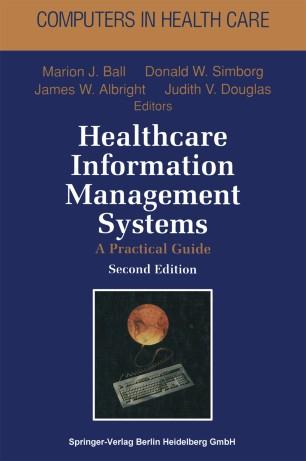2. The physician's workstation hardware will doubtlessly undergo continuous evolution as new advancements in technology appear. a.
Question:
2. The physician's workstation hardware will doubtlessly undergo continuous evolution as new advancements in technology appear.
a. Consider storage technology: currently it takes one or two compact discs (CDs) to contain the entire contents of a set of encyclopedias;
any piece of information on the disc is available within 200 to 400 milliseconds. However, by the end of this century, there should be commercial availability of memory technology in which a single chip the size of one's thumbnail can store as much data as it now takes an entire CD to store, and access speed will be on the order of a few nanoseconds. How will such improved memory technology affect the capabilities of the physician's workstation? Will there be a differential impact on desktop vs. portable workstations? What new applications might be possible?
b. Consider video technology: at the time of this writing, a French group has just announced a startling development in basic transistor technology:
transistors engraved into a thin sheet of soft, flexible plastic.
Because the- video screen on a portable computer is nothing more than a grid of very closely spaced transistors, one can imagine the development of a paper-thin, plastic, flexible video screen. In fact, considering the possibility of using a transparent plastic as the basis for such a screen, one could even imagine lining one's eyeglasses (or contact lenses?) with an invisible plastic film that, when the computer is turned off, allows normal vision, but when the computer is turned on, the computer's display appears projected in space in the user's visual field. Again, what new applications might be possible? (And, as with any new technology, what new problems might arise from its use?)
c. Consider input technology: this chapter asserts that voice input, along with a modicum of artificial intelligence, will be the primary mode of input from the physician, but new developments on the horizon may provide even better functionality for physicians either as distinct alternatives to voice input or in combination with voice input. For example, some early work has been done in using EEG signals to control a computer. Also, a miniaturized camera in the computer's video display could watch the user's eye movements and correspondingly move the onscreen pointer, effectively making the user's own eyes function as a mouse. What new applications might be possible with these technologies?
How might the physician's home, office, and portable workstations differ in their use of the various present and future input technologies?
Step by Step Answer:

Healthcare Information Management Systems: A Practical Guide
ISBN: 234672
2nd Edition
Authors: Edward L. Anderson (auth.), Marion J. Ball, Donald W. Simborg, James W. Albright, Judith V. Douglas (eds.)






